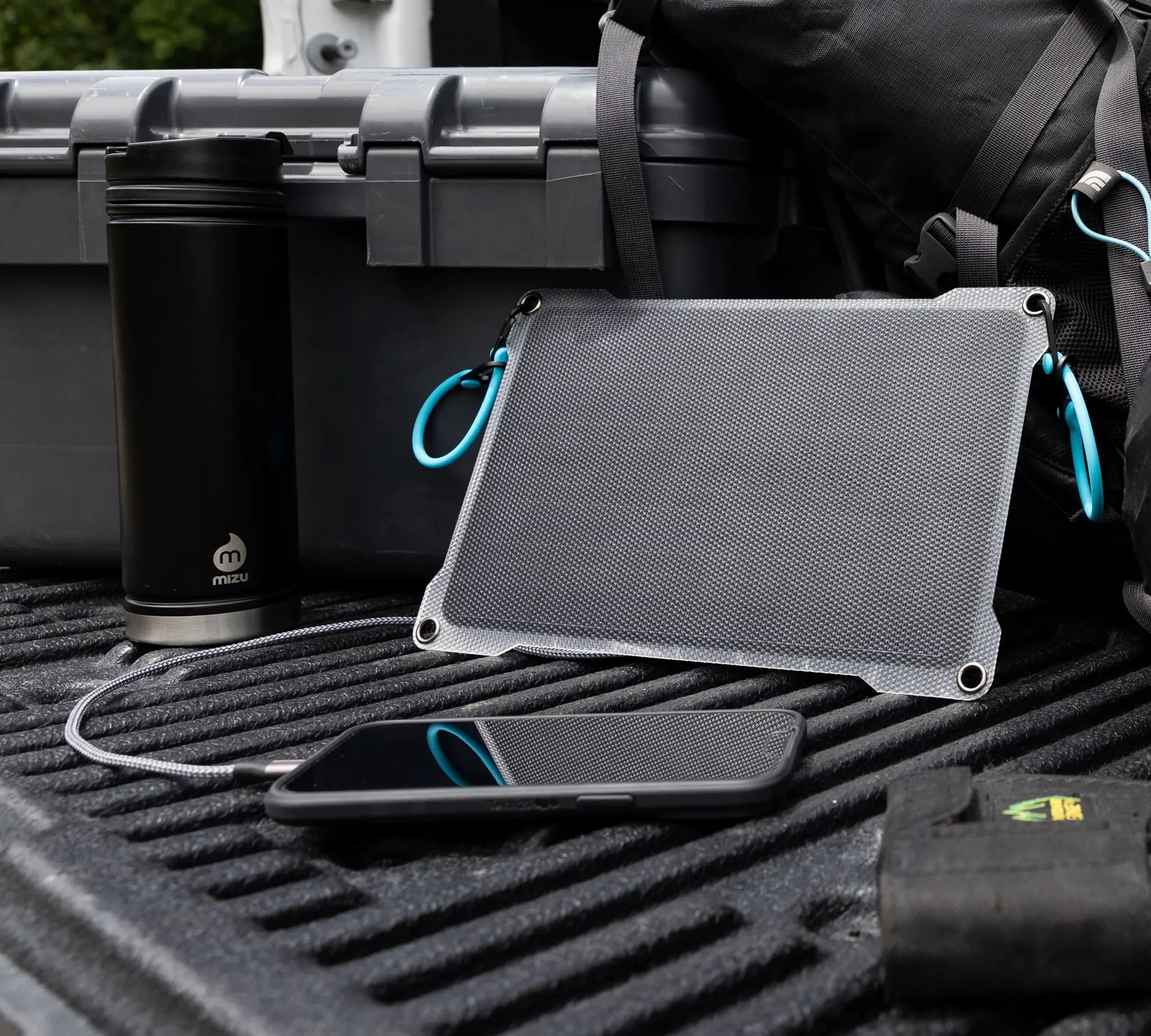5 Things to Know About Charging Lithium-Ion Batteries

The main advantages of rechargeable batteries are saving time, waste, and money. Disposable alkaline batteries are a one-and-done product; you use them once and throw them away and each use requires another purchase, more waste, and more time. It is pretty clear which model we prefer. In fact, we are on a mission to convince people to ditch their disposables.
If you are new to the rechargeable battery scene, you may be unfamiliar with all the finer points of charging. We are here to help. We have put together a list of five things to know about charging. Four of the five are universal to all rechargeable battery technologies. But one of the things applies only to certain types of lithium-ion products.
1. No Separate Charger for Some
Let us start with that one 'odd man out' thing: Paleblue USB-C rechargeable AA, AAA, 9V, and other battery types do not need a dedicated, custom charger. We build charging circuitry and USB ports right into each battery. You can charge simply by plugging in the included USB cable and connecting it to any USB port.
Very few manufacturers have designed their batteries the same way as Paleblue. Features in products create different attributes and benefits so pay close attention when you shop to make sure you are getting the charging technology you want with the right attributes for your lifestyle and needs.
2. Never Charge Alkaline
Some people make the mistake of believing any and all batteries are rechargeable. They aren't. Alkaline batteries are referred to as single-use batteries because they cannot be charged. When they are dead, they are dead. This is to say that you should never attempt to charge an alkaline battery. You are only asking for trouble if you do.
3. Never Mix Battery Types
Next, you should never mix battery chemistries/types in the same charger. In other words, don't try to charge Ni-Cad or NiMH or li-ion batteries side-by-side. They don't charge the same way, and you could damage the batteries, the charger, or both.
4. Never Mix Manufacturers
This next tip is open for debate. It says that you should never attempt to charge batteries from different manufacturers in the same charger. You can find this tip on the Call2Recycle website, as well as others. The reasoning here is that manufacturers design their batteries in different ways. Even batteries of the same type might have slight differences from one manufacturer to the next.
5. Always Be Present
The last thing you should know about recharging batteries is the importance of being present while they are charging. Battery and charging malfunctions are rare, but they do happen. If you plug your batteries in and leave for the day, you will never know if a malfunction occurs. It’s best to recharge when you are present, should you need to intervene during a malfunction.
Some people in our industry recommend being present for the express purpose of making sure that you store batteries at 40% capacity. As the thinking goes, storage at this level extends life by preventing overcharging. This may be more important with older chemistries such as NiMH, but less so with li-ion. Paleblue USB-C rechargeable batteries have built-in circuitry that prevents overcharging so we are confident to suggest you can charge them up fully any time.
At any rate, it's best to approach charging with a mentality of reading manufacturer instructions and following them to the letter. Doing your own thing could mean damaging your batteries or charger. But if you follow manufacturer instructions, the risk of any adverse effects on the battery health or reliability will be minimized. You should get plenty of years of faithful service out of your rechargeable batteries.
- Tags: Performance Sustainability







